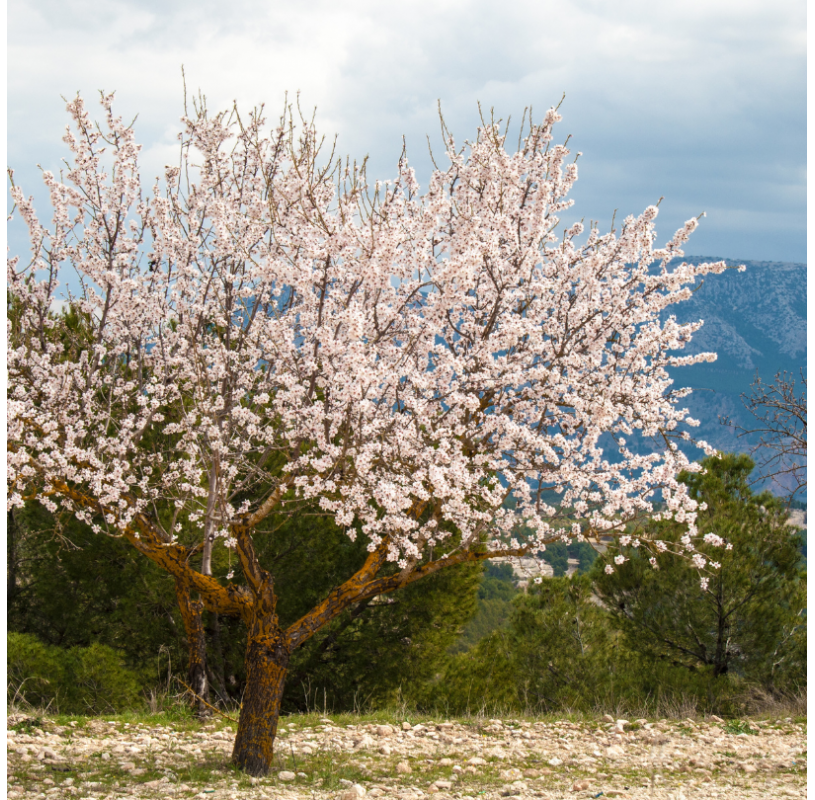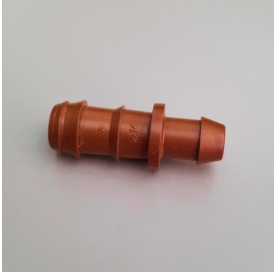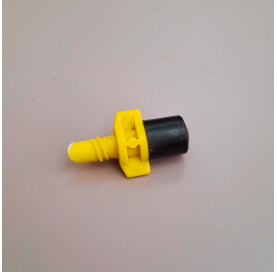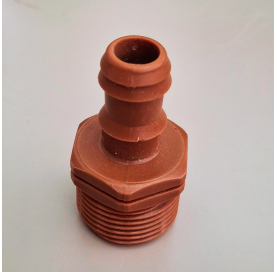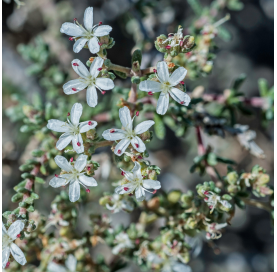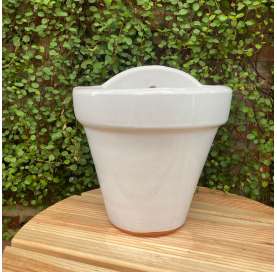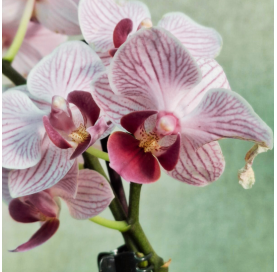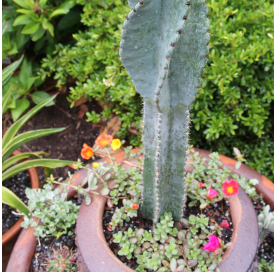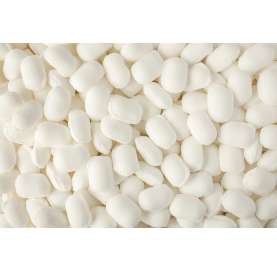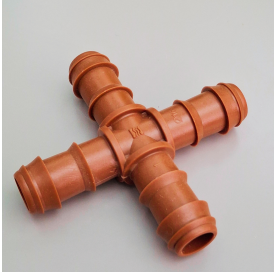Prunus dulcis - Almond Tree
The almond tree (Prunus dulcis) is native to the Mediterranean region, where it has been cultivated for thousands of years. Its origin is believed to trace back to Central Asia, from where it spread westward to the Mediterranean regions. Nowadays, the almond tree is grown in many parts of the world with warm and dry climates, including California in the United States, where it is a significant commercial crop.
 Encrypted payments for greater security
Encrypted payments for greater security
To reduce the plant's time in transit, shipments are made from Monday to Wednesday.


Shipping only to mainland Spain and mainland Portugal
Origin:
The almond tree (Prunus dulcis) is native to the Mediterranean region, where it has been cultivated for thousands of years. Its origin is believed to trace back to Central Asia, from where it spread westward to the Mediterranean regions. Nowadays, the almond tree is grown in many parts of the world with warm and dry climates, including California in the United States, where it is a significant commercial crop.
History:
The almond tree has a long history of cultivation and use by various ancient cultures. Archaeological evidence of almonds has been found in Egyptian tombs dating back more than 3000 years. Ancient Greeks and Romans valued almonds for their flavor and purported medicinal properties. Since then, the almond tree has been an important crop in the Mediterranean region and beyond.
Description:
The almond tree is a deciduous tree that can grow to a height of 4 to 10 meters. It has spreading branches and rough, furrowed bark. The leaves are lanceolate and bright green. Almond flowers are white or pink, with five petals, and appear before the leaves in spring. The fruits are oval-shaped drupes containing a single seed inside, known as an almond.
Watering:
The almond tree is drought-tolerant once established but still requires regular watering during dry periods, especially during the active growth and fruit formation period. It should be watered deeply to ensure that water reaches the tree's deep roots. However, it is important to avoid waterlogging, as it can lead to root rot.
Care:
The almond tree does not require special care once established. However, it benefits from annual pruning to remove dead, damaged, or diseased branches, as well as to shape the tree and promote good fruit development. It is also important to control pests and diseases that may affect the tree, such as aphids, fruit flies, and root rot.
Flowering:
Almond tree flowering occurs in spring, usually between February and April, depending on the location and climate. Almond flowers are highly attractive and attract pollinators such as bees. Cross-pollination is essential for almond production, so it is important to have enough flowering trees nearby to ensure good pollination.
Data sheet
- Name
- Almond Tree
- Origen
- The almond tree (Prunus dulcis) is native to the Mediterranean region, where it has been cultivated for thousands of years.
- Height
- Up to 10 meters
- Colour
- Almond flowers can be white or pink, with five petals, creating a beautiful display in orchards during the flowering season.
- Flowering
- The almond tree typically blooms in spring, usually between February and April, depending on the location and climate.
- Location
- Almond trees thrive in regions with warm, dry climates, such as the Mediterranean, California, and other areas with similar conditions. They prefer well-drained soil and full sun exposure for optimal growth and fruit production.
- Irrigation
- Moderate; requires regular watering during the first year to establish, then becomes more drought-tolerant
- Applications
- Edible nuts (almonds), ornamental, almond oil production, medicinal uses
- Note
- The almond tree is a hardy and adaptable tree, ideal for Mediterranean climates and well-drained soils. It produces beautiful flowers in spring, before the leaves emerge.
12 other products in the same category:
-
16mm ctr connection€0.20
-
Microdiffusion nebuliser€0.30
-
Mixed link 16mm 3/4€0.40
-
Frankenia€8.20
-
Male threaded tee€2.90
-
White glazed hanging...€11.00
-
Mini Mauve Orchid€12.00
-
Spiral cactus€6.00
-
Plato Bocage€8.50
-
Cut-to-size spool 1/2€0.80
-
-
16mm cross€0.80

 English
English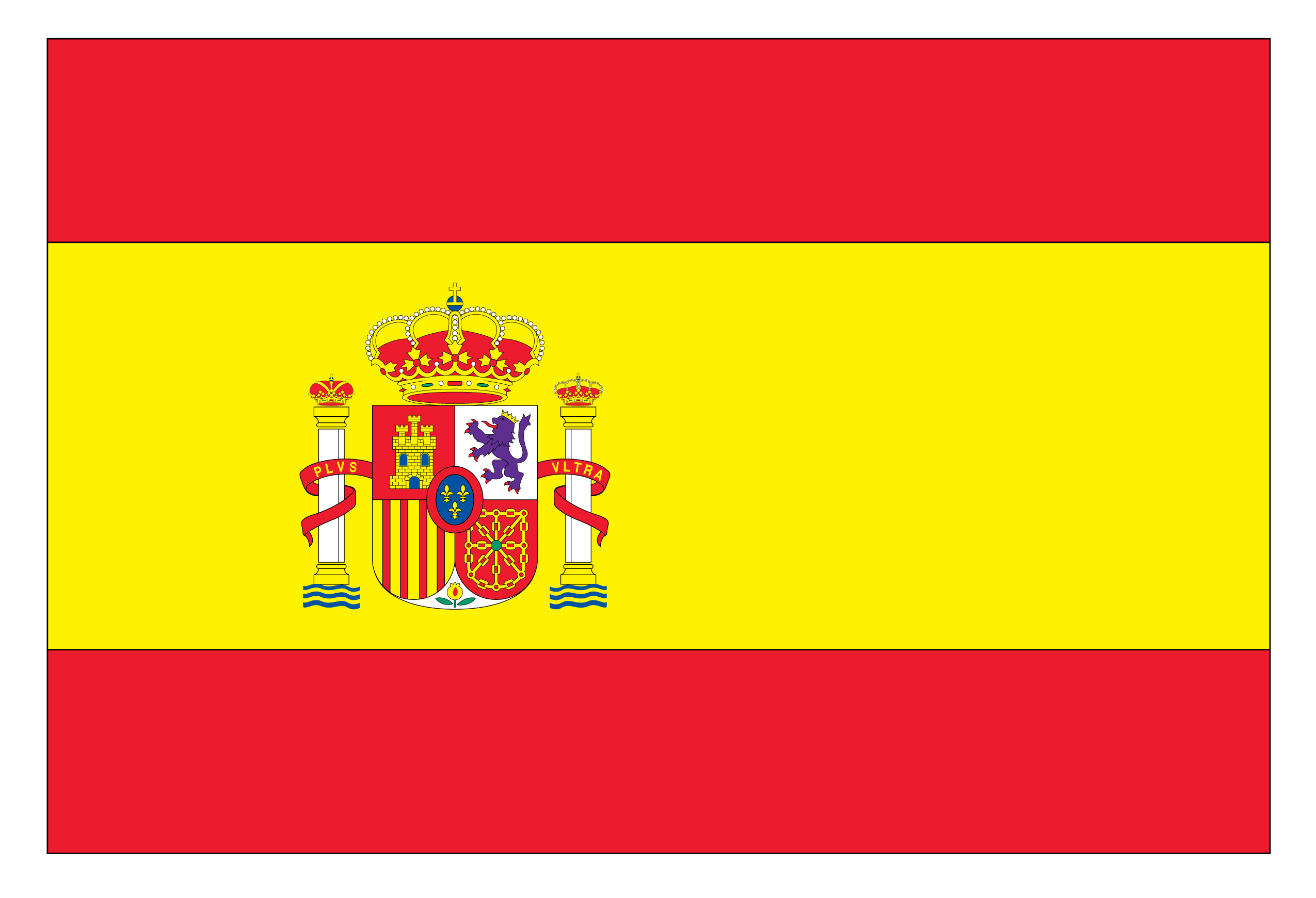 Spanish
Spanish